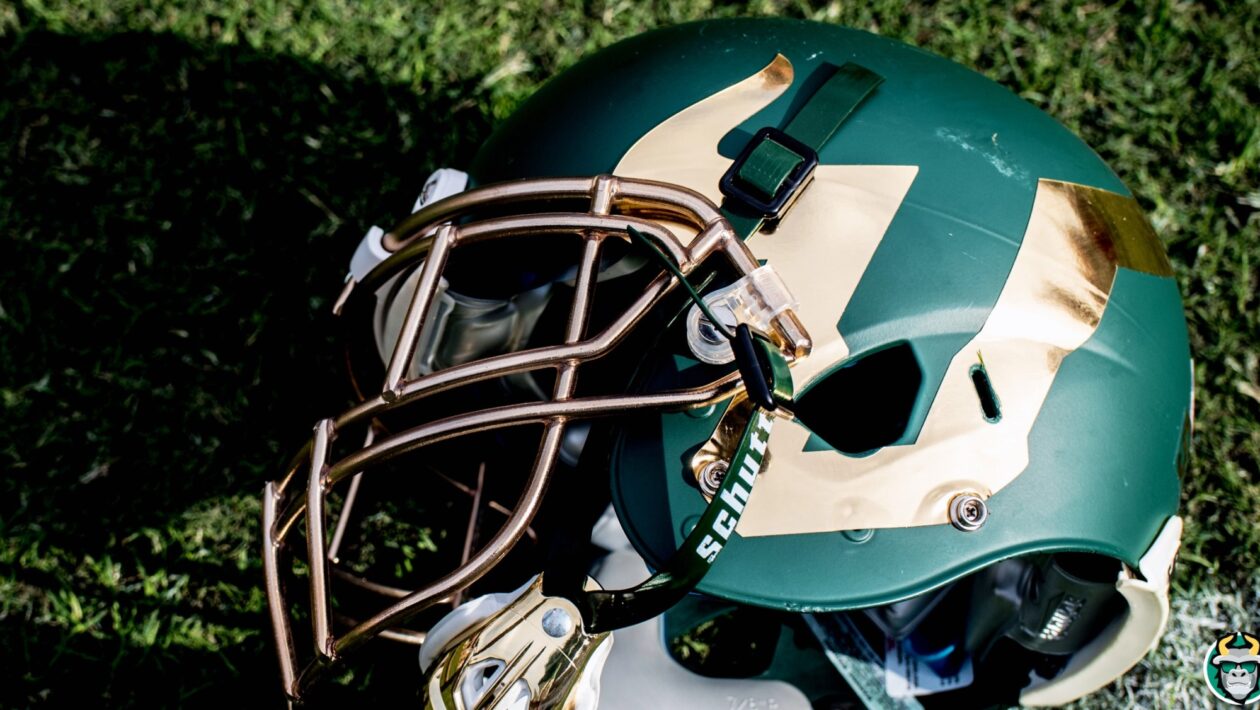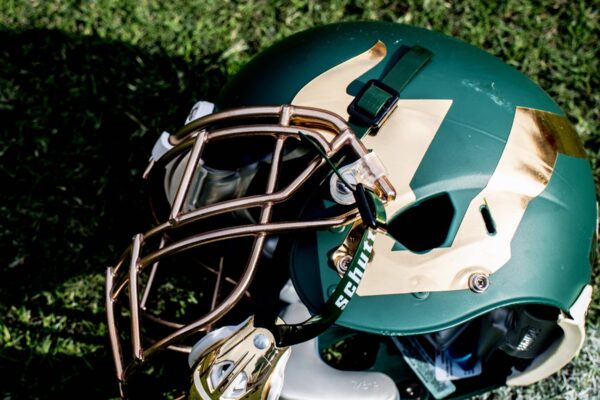In an ambitious move towards enhancing their home-field advantage, the University of South Florida has officially restarted its search for a construction firm to lead the development of an on-campus football stadium. This comes after a strategic shift in plans that led to the termination of the previous agreement with construction company Barton-Malow. The aim is to expedite the creation of a new sports hub that includes not just a football stadium but also a state-of-the-art sports performance center.
The project is a significant undertaking, with plans for a 35,000-seat arena estimated to cost around $340 million. This development marks a key milestone in USF’s journey towards providing a bespoke venue for its football and women’s lacrosse teams. The partnership with renowned architecture firm Populous on the design facets of the project ensures that the vision for the stadium aligns with contemporary architectural excellence.
The ambitious timeline set forth underscores an eagerness to complete the sports performance center by late May 2026, a few months ahead of previous projections. Additionally, the stadium itself is slated for completion by March 31, 2027, in time for the 2027 season. These dates highlight a swift move towards advancing the project to fruition.
USF is set to choose a construction partner by April 2, with the selection process already underway. This move indicates a proactive approach by the university to keep the project on track and within the desired timelines. Notably, the plans for the stadium also incorporate eco-conscious elements. The design aims to minimize tree removal and integrate shaded areas for fans, enhancing the match-day experience while respecting the environmental concerns.
One critical aspect of the project’s funding strategy is the university’s plan to finance the endeavor through multiple channels. This includes borrowing up to $200 million, alongside leveraging funds from fundraising efforts, the sale of broadband equipment and licenses, and other auxiliary sources. Such a diversified funding model underscores the university’s commitment to realizing the vision of an on-campus stadium without overly burdening its financial resources.
The transition from playing home games at Raymond James Stadium to a purpose-built facility on campus signifies a new chapter for USF athletics. This project not only promises to bolster the Bulls’ competitive edge but also aims to create a vibrant community hub that can expand in the future.
Overall, the push towards establishing an on-campus football stadium for the USF Bulls is a clear statement of intent. It reflects a broader ambition to enhance the university’s sporting infrastructure, cementing its reputation as a nurturing ground for athletic excellence. As the project unfolds, it will undoubtedly become an integral part of USF’s legacy, reshaping the collegiate sports landscape in Florida.



